What Do Electrical Transformers Do: The Unsung Heroes of Voltage Regulation?
Have you ever wondered how electricity from a power plant safely powers your home? The answer lies in a device you’ve probably never thought about: the electrical transformer. These silent workhorses are the backbone of our power grid.
Electrical transformers are crucial for voltage regulation in power systems. They step voltage up or down as needed, enabling efficient long-distance power transmission and safe distribution to end-users. Transformers maintain grid stability, protect electrical equipment, and adapt to varying power demands, making them indispensable in modern electrical systems.
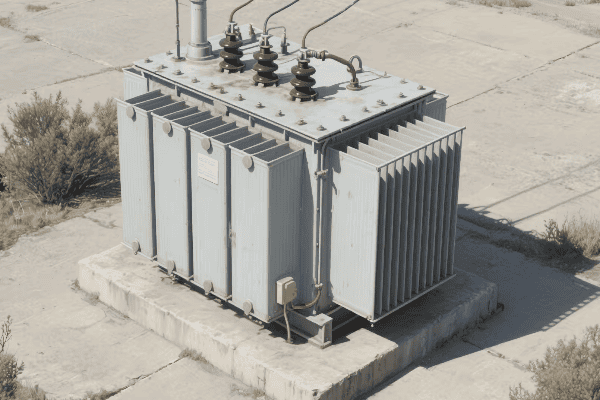
I’ve spent years working with transformers, and I’m always amazed at how these devices shape our electrical world. From massive substation units to small pole-mounted boxes, transformers are everywhere, silently keeping our lights on and our devices running. Let’s dive into the fascinating world of these unsung heroes and discover how they regulate the lifeblood of our modern society: electricity.
The Voltage Conversion Process: How Transformers Step Up and Step Down Power?
Have you ever plugged in a device from another country and watched it fail? That’s voltage mismatch in action. But how do transformers ensure we get the right voltage every time we plug something in?
Transformers step voltage up or down through electromagnetic induction. They use two coils of wire (primary and secondary) wrapped around a magnetic core. When alternating current flows through the primary coil, it creates a changing magnetic field, inducing a voltage in the secondary coil. The ratio of turns in these coils determines the voltage change.
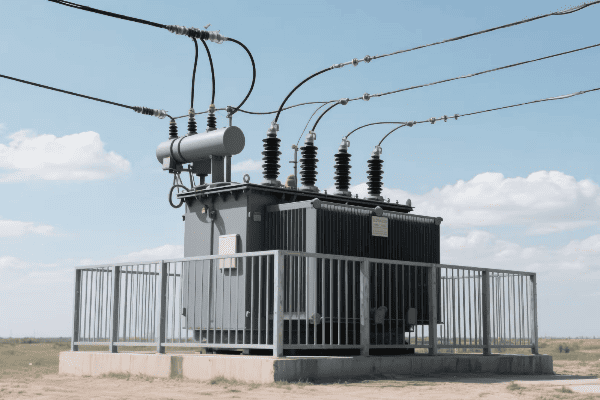
In my years working with transformers, I’ve seen this process in action countless times. Here’s a deeper look at how it works:
The Basics of Electromagnetic Induction
The foundation of transformer operation:
- Faraday’s Law: A changing magnetic field induces voltage in a nearby conductor.
- Alternating Current: Creates a constantly changing magnetic field.
- Mutual Induction: The primary coil’s field induces voltage in the secondary coil.
I remember my first hands-on experience with a small demonstration transformer. Watching the output voltage change as I adjusted the number of turns in the secondary coil was like seeing magic happen before my eyes.
Step-Up Transformation
Boosting voltage for long-distance transmission:
| Input (Primary) | Output (Secondary) | Result |
|---|---|---|
| Lower Voltage | More Turns | Higher Voltage |
| Higher Current | Less Current | Lower Losses |
In a recent project, we installed a step-up transformer at a wind farm. It increased the voltage from 33 kV to 400 kV, allowing the power to be transmitted over 300 miles with minimal losses.
Step-Down Transformation
Reducing voltage for safe consumption:
- Fewer Secondary Turns: Results in lower output voltage.
- Higher Secondary Current: Allows for more power delivery at lower voltages.
- Multiple Taps: Enables fine-tuning of output voltage.
I once worked on a substation upgrade where we replaced an old step-down transformer. The new unit could adjust its output more precisely, improving power quality for thousands of homes.
Efficiency and Losses
No system is perfect:
- Core Losses: Energy lost in the magnetic core (hysteresis and eddy currents).
- Copper Losses: Heat generated in the windings due to electrical resistance.
- Efficiency Measures: Using better materials and designs to minimize losses.
In a recent industrial project, we used a high-efficiency transformer with an amorphous metal core. It reduced energy losses by 70% compared to older models, saving the company thousands in energy costs annually.
Maintaining Grid Stability: Transformers as Voltage Regulation Guardians?
Ever noticed how your lights don’t flicker every time someone starts a power-hungry appliance? That’s grid stability in action, and transformers play a crucial role. But how do these devices keep our power steady?
Transformers maintain grid stability by continuously adjusting voltage levels to match demand. They use tap changers, voltage regulators, and reactive power compensation to keep voltage within acceptable ranges. This constant regulation ensures reliable power delivery and protects both the grid and connected devices from voltage fluctuations.
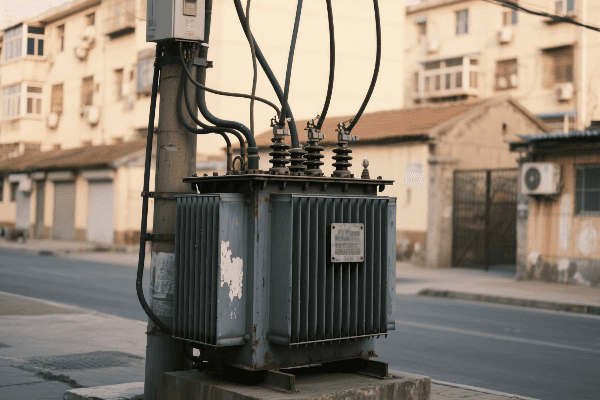
Throughout my career, I’ve seen transformers save the day in countless situations. Here’s how they act as guardians of our grid:
On-Load Tap Changers (OLTC)
Real-time voltage adjustment:
- Automatic Operation: Responds to voltage changes without interrupting power flow.
- Multiple Taps: Allows for fine-tuning of voltage output.
- Rapid Response: Can make adjustments in seconds.
I once worked on upgrading a substation with modern OLTCs. The improvement in voltage stability was remarkable, especially during peak demand hours when load fluctuations were most severe.
Voltage Regulators
Keeping voltage in check:
| Type | Function | Application |
|---|---|---|
| Step Voltage Regulators | Adjusts voltage in steps | Distribution lines |
| Induction Voltage Regulators | Provides smooth voltage control | Industrial settings |
| Electronic Voltage Regulators | Offers precise, rapid adjustments | Sensitive equipment |
In a recent smart grid project, we implemented a network of distribution voltage regulators. They could communicate with each other, optimizing voltage levels across the entire system.
Reactive Power Compensation
Balancing the invisible side of power:
- Capacitor Banks: Provide reactive power to improve voltage levels.
- Static VAR Compensators: Rapidly adjust reactive power for voltage stability.
- Synchronous Condensers: Offer dynamic reactive power support.
I helped design a reactive power compensation system for a large industrial park. The improvement in power factor and voltage stability reduced energy costs for all the businesses in the area.
Load Tap Changers (LTC)
Adapting to changing demands:
- Sensing Circuits: Monitor load current and voltage.
- Control Mechanisms: Determine when to change taps.
- Mechanical Switches: Physically change the transformer’s turn ratio.
During a heat wave last summer, I saw how crucial LTCs were in maintaining grid stability. As air conditioner use spiked, these devices worked tirelessly to keep voltage levels steady, preventing potential brownouts.
Diverse Transformer Types: Tailored Solutions for Various Electrical System Needs?
One size fits all? Not in the world of transformers. But why do we need so many different types, and how do they cater to various electrical needs?
Diverse transformer types exist to meet specific electrical system requirements. From massive power transformers for grid-level voltage conversion to small distribution transformers for neighborhood power delivery, each type is designed for optimal performance in its intended application. Specialized transformers also cater to unique needs like isolation, phase conversion, and harmonic mitigation.
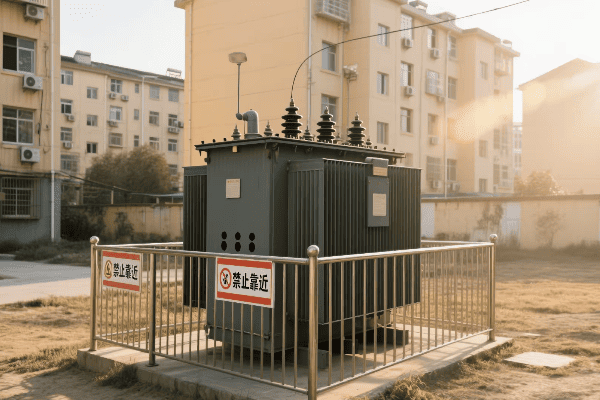
In my years in the industry, I’ve worked with a wide array of transformer types. Each has its unique characteristics and applications. Let’s explore the diversity:
Power Transformers
The giants of the transformer world:
- High Capacity: Typically rated above 500 kVA.
- High Voltage: Often operate at voltages above 69 kV.
- Applications: Power plants, transmission substations.
I once helped install a 1000 MVA power transformer at a hydroelectric plant. Its size was impressive – about as big as a small house!
Distribution Transformers
Bringing power to your neighborhood:
| Type | Typical Rating | Location |
|---|---|---|
| Pole-mounted | 5-150 kVA | Utility poles |
| Pad-mounted | 75-5000 kVA | Ground level |
| Underground | 75-3000 kVA | Vaults or manholes |
In a recent urban development project, we installed dozens of pad-mounted transformers. Each one served about 10-12 homes, stepping down the voltage from 12 kV to 240/120 V for household use.
Isolation Transformers
Providing electrical separation:
- Safety: Protects against electric shock.
- Noise Reduction: Eliminates common-mode noise.
- Applications: Medical equipment, sensitive electronics.
I once designed an isolation transformer system for a hospital’s operating rooms. It ensured patient safety and protected sensitive medical devices from electrical disturbances.
Auto-Transformers
Efficient voltage adjustment:
- Single Winding: Uses part of the same coil for both primary and secondary.
- Space and Material Saving: Smaller and lighter than two-winding transformers.
- Common Use: Voltage boosting in distribution systems.
In a voltage upgrade project for a rural area, we used auto-transformers to boost the line voltage from 4 kV to 12 kV. It was a cost-effective solution that improved power quality for the entire community.
Special Application Transformers
Meeting unique needs:
- Rectifier Transformers: For DC power supplies.
- Furnace Transformers: Handle high currents in industrial heating.
- Traction Transformers: Power electric trains and subways.
I recently worked on a project for a light rail system, where we used specially designed traction transformers. Their ability to handle frequent load changes and high mechanical stress was crucial for the reliable operation of the trains.
Protecting Electrical Equipment: The Crucial Role of Transformers in Voltage Management?
Have you ever wondered why your expensive electronics don’t fry every time there’s a power surge? Transformers play a key role in this protection. But how exactly do they shield our equipment from voltage irregularities?
Transformers protect electrical equipment through voltage management, acting as buffers between the grid and end-users. They maintain stable voltage levels, suppress transients, provide galvanic isolation, and contribute to overall power quality. This protection is crucial for the longevity and proper functioning of all connected electrical devices.
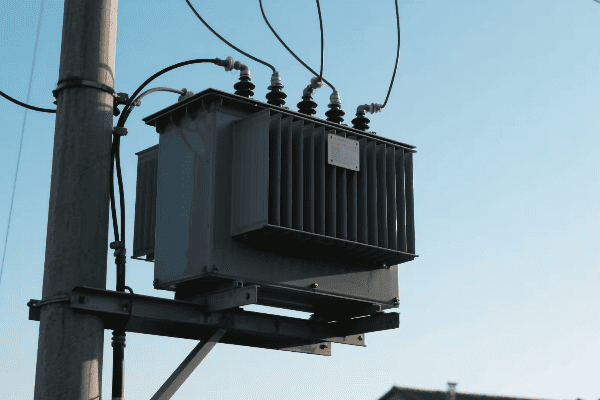
Throughout my career, I’ve seen transformers save countless devices from electrical doom. Here’s a deeper look at how they act as guardians of our electrical equipment:
Voltage Stabilization
Keeping the power steady:
- Load Tap Changers: Adjust voltage levels in response to load changes.
- Voltage Regulators: Fine-tune output voltage to maintain stability.
- Automatic Voltage Stabilizers: Rapidly correct voltage fluctuations.
I once worked on a project for a sensitive manufacturing facility. The voltage stabilization provided by our transformer system reduced equipment failures by 40%, saving the company millions in downtime and repairs.
Transient Suppression
Guarding against power spikes:
| Method | Function | Application |
|---|---|---|
| Surge Arresters | Divert excess voltage to ground | Lightning protection |
| Snubber Circuits | Absorb voltage spikes | Inductive load switching |
| Neutral Grounding Resistors | Limit fault currents | Industrial systems |
During a severe thunderstorm, I witnessed our transformer’s surge protection system in action. It successfully diverted multiple lightning strikes, protecting millions of dollars worth of equipment in a data center.
Galvanic Isolation
Creating electrical barriers:
- Safety: Prevents ground loops and shock hazards.
- Noise Reduction: Blocks common-mode noise and interference.
- Fault Isolation: Contains electrical faults to protect wider system.
In a hospital project, we used isolation transformers to protect both patients and sensitive medical equipment. The galvanic isolation provided an extra layer of safety in critical care areas.
Harmonic Mitigation
Cleaning up power quality:
- K-Factor Transformers: Designed to handle harmonic loads.
- Phase-Shifting Transformers: Cancel out certain harmonics.
- Active Harmonic Filters: Work alongside transformers to remove harmonics.
I recently helped implement a harmonic mitigation system in a large office building. The improvement in power quality reduced IT equipment failures and even made the lights run cooler and more efficiently.
Smart Voltage Control: Advanced Transformer Technologies Enhancing Grid Regulation?
Ever wondered how our power grid keeps up with the constantly changing energy landscape? Smart voltage control in transformers is the answer. But what makes these transformers so smart, and how are they revolutionizing grid regulation?
Advanced transformer technologies are enhancing grid regulation through smart voltage control. These systems use real-time monitoring, predictive analytics, and automated decision-making to optimize voltage levels across the grid. Smart transformers can adapt to changing loads, integrate renewable energy sources, and respond to grid events in real-time, significantly improving overall power quality and efficiency.
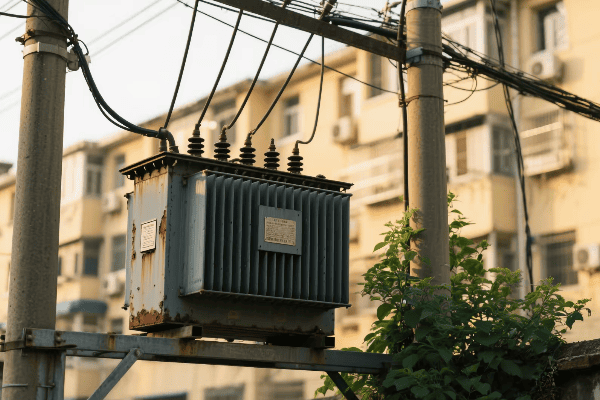
I’ve been fortunate to work on the cutting edge of transformer technology, and the advancements in smart voltage control are truly impressive. Here’s a deeper look at how these innovations are reshaping our grid:
Real-Time Monitoring and Analytics
The eyes and brains of smart voltage control:
- Advanced Sensors: Monitor voltage, current, temperature, and more in real-time.
- Big Data Processing: Analyzes vast amounts of grid data instantly.
- Predictive Algorithms: Forecast load changes and potential issues.
In a recent smart city project, we implemented transformers with advanced monitoring capabilities. They could detect and respond to voltage fluctuations in milliseconds, maintaining perfect power quality even during rapid load changes.
Adaptive Voltage Optimization
Transformers that learn and adapt:
| Feature | Function | Benefit |
|---|---|---|
| Machine Learning | Optimizes voltage based on historical data | Improves efficiency |
| Dynamic Set Points | Adjusts target voltage levels in real-time | Enhances stability |
| Demand Response Integration | Coordinates with utility programs | Reduces peak loads |
I worked on a pilot program where smart transformers used adaptive voltage optimization. The system reduced overall energy consumption by 3% while improving power quality, saving the utility millions annually.
Distributed Intelligence
Making decisions at the edge:
- Autonomous Operation: Transformers can make local decisions without central control.
- Peer-to-Peer Communication: Transformers coordinate with each other for optimal performance.
- Scalable Architecture: Easily expandable as the grid grows.
In a large-scale grid modernization project, we deployed a network of intelligent transformers. Their ability to communicate and coordinate actions resulted in a 30% improvement in response time to grid events.
Renewable Energy Integration
Smoothing out the green energy roller coaster:
- Bi-directional Power Flow Management: Handles input from solar and wind sources.
- Ramp Rate Control: Manages sudden changes in renewable generation.
- Voltage Ride-Through: Keeps renewables connected during grid disturbances.
I recently worked on a project integrating a large solar farm into the grid. The smart transformers’ ability to manage the variable output made it possible to increase the renewable energy capacity of the local grid by 40%.
Conclusion
Electrical transformers are vital for voltage regulation, grid stability, and equipment protection. From basic step-up/down functions to advanced smart control, transformers continue to evolve, shaping the future of our electrical systems and enabling a more efficient, reliable power grid.
Free CHBEB Transformer Catalog Download
Get the full range of CHBEB transformers in one catalog.
Includes oil-immersed, dry-type, pad-mounted, and custom solutions.
Quick Message
Request A free quote
We'd like to work with you
- +86 15558785111
- [email protected]
- +86 15558785111
What We Do
CHINA BEI ER BIAN (CHBEB) GROUP, with 218 million in registered capital, originated from Beijing Beierbian Transformer Group. Headquartered in Beijing for R&D, it operates major production bases in Nanjing and Yueqing, producing high-quality products.
Latest Product
address
BeiJing
No 3,RongJing East Road,BeiJing Economic Technological Development Area,BeiJing,China
JiangSu
No 7️Xiangfeng Road,Jiangning,NanJing,JiangSu,China
WenZhou
No.211, Wei 16 Road, Industrial Zone, Yueqing, Wenzhou, Zhejiang, China.
XiangYang Industrial Zone ,YueQing,WenZhou,ZheJiang,China
contact us
- [email protected]
- +86 13057780111
- +86 13057780111
- +86 15558785111
Copyright © Bei Er Bian Group


